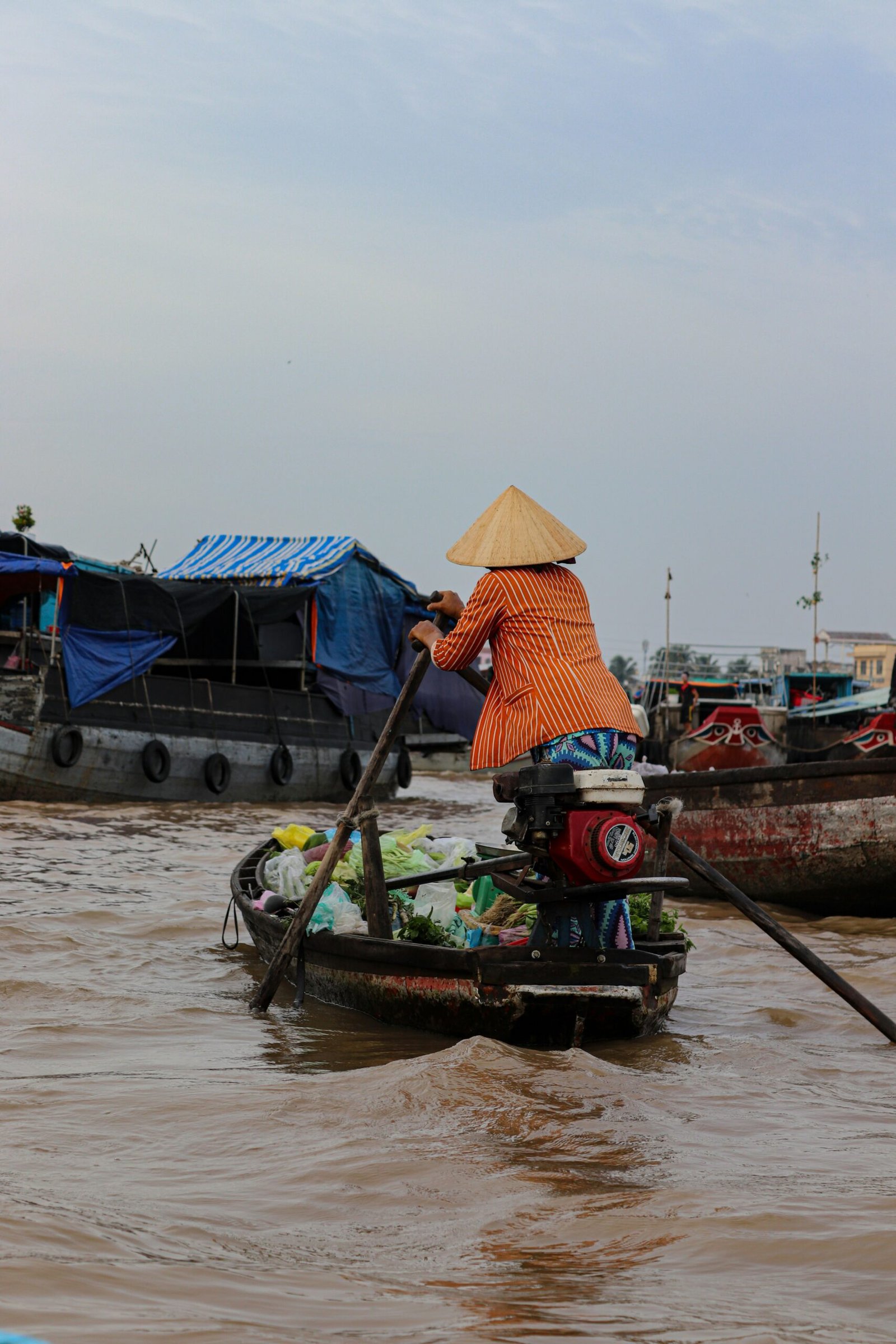When it comes to unique and vibrant market experiences, floating markets are in a league of their own. These markets, often found in Southeast Asia, offer a fascinating glimpse into the local culture and provide an opportunity to indulge in delicious street food, shop for handicrafts, and interact with friendly vendors.
What are Floating Markets?
Floating markets are traditional markets that are built on waterways, with vendors selling their goods from boats. These markets have been a part of the local culture for centuries, serving as important trading hubs and gathering places for communities living along rivers and canals.
While floating markets can be found in several countries, they are particularly popular in Thailand, Vietnam, and Indonesia. Each market has its own unique charm and character, but they all share a vibrant and bustling atmosphere.
Experiencing the Sights and Sounds
Visiting a floating market is an immersive experience that engages all your senses. As you navigate through the maze of boats, you’ll be greeted by the sights and sounds of vendors hawking their wares. The colorful fruits, vegetables, and spices on display create a visual feast, while the aroma of freshly cooked street food wafts through the air.
One of the most iconic aspects of floating markets is the traditional long-tail boats that serve as shops. These boats are adorned with vibrant decorations and piled high with goods, making them a sight to behold. You can hop on a boat and explore the market from the water, or simply stroll along the canal banks and soak in the lively atmosphere.
Sampling Local Delicacies
No visit to a floating market is complete without sampling the local delicacies. From steaming bowls of noodle soup to grilled seafood skewers, these markets offer a wide variety of mouthwatering street food. Don’t miss the opportunity to try dishes like pad thai, mango sticky rice, and fresh coconut water straight from the husk.
Many floating markets also have floating kitchens, where skilled cooks prepare meals right on their boats. Watching these talented chefs whip up delicious meals in such a unique setting is a memorable experience in itself.
Beyond Shopping and Eating
While shopping and eating are the main attractions at floating markets, there’s more to discover. Take a break from the crowds and explore the nearby villages and temples. You can witness the traditional way of life, observe local artisans at work, and even participate in activities like fruit picking or traditional boat rowing.
For those seeking a relaxing experience, consider taking a leisurely boat ride along the canals surrounding the market. This allows you to soak in the natural beauty of the surroundings and provides a different perspective on the market.
Preserving Tradition
As modernization and urbanization continue to reshape many parts of Southeast Asia, floating markets face challenges in preserving their traditional way of life. However, efforts are being made to protect and promote these cultural gems.
Many floating markets now have designated conservation zones, where traditional practices are maintained and local crafts are showcased. By visiting these markets and supporting the local vendors, you contribute to the preservation of these unique cultural traditions.
Conclusion
Floating markets offer a truly unique and immersive experience that allows you to step back in time and witness the vibrant local culture. From the bustling atmosphere to the delicious street food, these markets are a feast for the senses. So, if you find yourself in Southeast Asia, make sure to visit a floating market and embark on an unforgettable adventure.


Very interesting information!Perfect just what I was searching for!Leadership